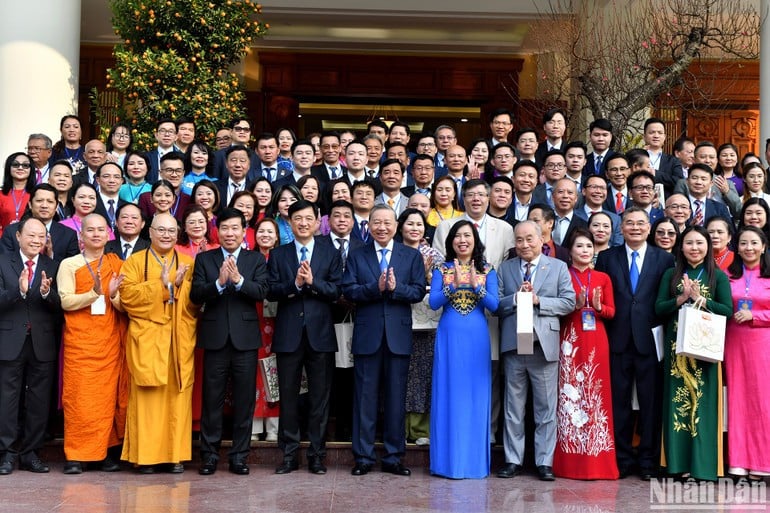
1. Introduction
In the era of global talent competition, the country that holds the brainpower will hold the advantage in innovation and knowledge-based economic development. From the US to China, from South Korea to Singapore, most major powers consider attracting and retaining talent, especially highly skilled expatriates, as a national security strategy in science and technology.
For Vietnam, this urgent need becomes even more evident as the country enters a period of accelerating industrialization, digital transformation and knowledge-based economic development. General Secretary To Lam emphasized at the 9th Central Conference of the 13th tenure that one of the key tasks is to attract at least 100 leading overseas Vietnamese experts to return to the country in the 2025-2027 period, while also building a special treatment mechanism beyond the framework so that they can confidently contribute.
This is not only a human resource target, but also a strong political message about Vietnam's desire for innovation and integration. In the context that many young Vietnamese intellectuals choose to stay abroad after studying abroad, the goal of "100 overseas Vietnamese experts" is both symbolic and a test of the State's capacity for institutional reform and commitment to implementation. If successful, it will become the starting point for a long-term strategy, turning Vietnam into an attractive destination on the global talent map.
2. Lessons from history and international experience
Throughout history, President Ho Chi Minh repeatedly affirmed that human resources are the nation's precious assets. Immediately after the August Revolution in 1945, he called on intellectuals at home and abroad to join hands in national construction. It was the respect and trust that Uncle Ho had for intellectuals that created conditions for many scientists to return or stay to serve the Fatherland. The consistent lesson from that time until now is that if we want talented people to truly contribute, we must first have a sincere heart, truly respect them, and build an environment of trust.
On the international level, the countries that have gone before have demonstrated that one cannot rely on general appeals alone.
China, with its Young Thousand Talents (YTT) program, has brought back more than 3,500 young researchers from 2011 to 2017, typically in the fields of chemistry, life sciences, and engineering [1]. Research published in the journal Science shows that since returning, the scientific publication productivity of this group has increased significantly compared to their colleagues who stayed abroad, especially in fields that require a lot of research resources [1]. In addition, some analyses indicate that scientists participating in YTT are still a superior group compared to those who refused to return, and after returning home, they have a 144% higher rate of publishing articles with their last name, showing that they often become the main authors, with independent research directions [2].
On a larger scale, according to a Nature 2025 analysis, by 2018, some 16,000 high-tech scientists and entrepreneurs had been lured back to China through expert recruitment programs [3].
At the same time, a report from Wikipedia recorded a total of about 818,400 people returning to China, of which 186,200 cases occurred in 2011 alone, an increase of 38% over the same period before [4].
South Korea, through the Brain Pool program, which began in the mid-1990s, allows outstanding scientists from abroad, mainly Koreans, to return for short-term stays (from 3 months to 2 years) to collaborate on research [5].
According to documents from the Ministry of Science and ICT of Korea, the Brain Pool Plus (BP+) expansion program supports up to 600 million won per year for up to 10 years, while improving the electronic visa system, creating favorable conditions for research institutes to invite foreign experts [6].
The lesson for Vietnam is to combine two elements: one is a preferential mechanism beyond the framework, including visas, salaries, research funds and a flexible policy testing environment; two is an environment of trust and transparency with a culture of intellectual appreciation, clear political commitment and a trustworthy national brand. Only when the heart and tools are combined can there be enough strength to create a sustainable wave of overseas Vietnamese intellectual repatriation.
3. Current context and challenges of Vietnam
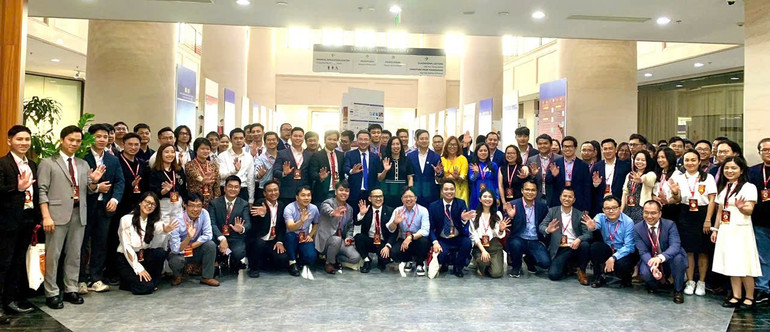
Vietnam is facing dual pressures: on the one hand, it must strongly transform into a knowledge-based and innovative economy, and on the other hand, it must face a brain drain. According to a report by the Ministry of Education and Training, each year about 130,000 Vietnamese students study abroad, but the rate of return is limited. A study by the State Committee for Overseas Vietnamese shows that up to 70% of overseas students choose to stay after graduation, causing high-quality intellectual resources to not be fully utilized for the country's development.
The international context makes the challenge even more acute. China’s Thousand Talents program has attracted tens of thousands of experts back home in just a decade. Singapore has issued special incentives for technology experts and built the most advanced startup ecosystem in Asia. Without timely and strong action, Vietnam risks falling behind in the global talent race.
In addition, domestic institutional barriers remain bottlenecks. Visa and work permit systems are complicated, and recognition of international degrees and certificates is inconsistent. Cumbersome administrative procedures discourage many experts from considering repatriation. Research infrastructure, from laboratories to funding, is still far from international standards.
The gap in salaries and benefits is also a big issue. Although Vietnam can offer a lower cost of living, compared to income levels in the US, Europe or Singapore, experts are unlikely to be satisfied if they rely on the usual benefits alone. Therefore, there needs to be a smart compensation policy, focusing on strategic groups of experts in cutting-edge fields such as artificial intelligence, biomedicine, renewable energy and cybersecurity.
The biggest challenge lies in trust. A number of overseas Vietnamese experts have expressed concerns about the lack of transparency in the working environment, the organizational culture that does not really encourage creativity, and the unclear long-term development opportunities. These are invisible barriers but are no less important than material factors. As General Secretary To Lam has repeatedly emphasized, if we want intellectuals to contribute, we must build trust and create a real mechanism for rewarding them.
However, opportunities are also opening up. Vietnam has a special advantage thanks to its rapid economic growth, young population, strong aspirations to rise up, along with the highest political commitment to science and technology development and innovation. Decision 1269/QD-TTg in 2021 on the establishment of the National Innovation Center (NIC) has laid the foundation for a high-tech startup ecosystem. The 13th National Party Congress documents affirm the goal of making Vietnam a leading innovation country in the region in the next decade.
Thus, the current picture is both challenging and opens up a golden opportunity for action. The success of the “100 Overseas Vietnamese Experts” program will depend on whether Vietnam dares to reform its institutions and overcome inherent bottlenecks to truly become an attractive destination for global intellectuals.
4. Implementation strategy and five key clusters and implementation roadmap
4.1 Policy-level priority framework
The strategic frameworks, priority matrix solution logic, and risk matrix are implemented according to McKinsey's strategic consulting method (the " Bulletproof Problem Solving" method of Charles Conn and Robert McLean ) [12]
The priority matrix is a two-dimensional matrix of impact and feasibility to focus resources on levers that create quick results, while maintaining pillars with long-term impact. According to this matrix, the two main engines that need to be prioritized are the research and startup ecosystem and the global Vietnamese network because they are both high impact and feasible, creating traction and quick synergy between the state, universities and businesses. The selective investment group is a special incentive package for a small group of strategic experts. The guarantee tool is time-based governance and progress control mechanisms. The background support group is talent diplomacy and national image that contribute to strengthening the implementation environment.

4.2 Five priority clusters and verification indicators
From the strategic hypothesis system and through the initial elimination testing process, the solutions converged into five key project clusters. These are pillars that are both highly feasible and create a ripple effect, and are also directly linked to the goal of “100 overseas Vietnamese experts in 1,000 days”.
Firstly, the R&D (research and development) and startup ecosystem cluster is identified as the main pillar. The focus here is to form tools and spaces for overseas Vietnamese experts to truly have a place to show their talents, including the Brain Return Fund, joint laboratories between universities, research institutes and enterprises, along with sandbox and accelerator mechanisms specifically for overseas Vietnamese startups. The Ministry of Science and Technology, the National Innovation Center (NIC) and universities will take the lead role, coordinating with the Ministry of Planning and Investment (old). The index by 2027 is that there will be at least 20 R&D projects led by overseas Vietnamese, 10 startups successfully raising capital, and about 30-40 experts returning through the R&D/startup channel.
Second, the Global Overseas Vietnamese Network cluster is considered a quick lever, creating a channel to connect and activate the overseas intellectual community. Key projects include building a database of 1,000 to 5,000 profiles, developing the Vietnam Talent Portal, establishing the Mentorship Network, and organizing the annual Vietnam Innovation Summit. The Ministry of Foreign Affairs and the State Committee for Overseas Vietnamese will preside over and coordinate with VUSTA, the Ministry of Education and Training, and associations. The verification goal by 2027 is to reach 5,000 members in the network, 200 active mentors, and at least 500 connections per year.
Third, the Key Remuneration Policy cluster focuses on the principle of selection, that is, not spreading, but designing a special package for the top 100 experts. This package includes housing incentives, tax exemption or reduction in the first 0-5 years, personal laboratory budget, simplified visa and work permit procedures, as well as a mechanism for recognizing degrees and professions. The Ministry of Home Affairs will take the lead role, the Ministry of Finance will be primarily responsible for fiscal policy, with the Ministry of Labor, War Invalids and Social Affairs and localities coordinating the implementation. By 2027, the required indicators are that at least 50 experts are attracted through the special package, the procedure processing time is less than 30 days, and the attachment rate after 12 months is at least 70%.
Fourth, the Milestones and Quick Wins cluster (establishing milestones and quick wins) play the role of a critical path, ensuring that progress does not slip from the 1,000-day target. Specifically, the “100 experts in 1,000 days” program will be designed with a roadmap: pilot with 10-15 experts in the fourth quarter of 2025, reaching the milestone of 50 experts in mid-2026, at the same time building a pipeline (data chain) of about 200 candidates and signing MoUs (memorandums of understanding) with 120 people. This entire process is monitored by monthly dashboards and quarterly assessments. The inter-ministerial PMO is coordinated by the Government Office, with the Ministry of Science and Technology and NIC co-chairing. The indicators until 2027 are that intermediate milestones are achieved on time and progress risks are burned-down (thoroughly resolved) regularly every quarter.
Finally, the National Image and Talent Diplomacy cluster creates a sustainable foundation to enhance long-term attractiveness. The focus here is to implement a national communication campaign on global Vietnamese intellectuals, establish bilateral cooperation programs with the US, EU, and Japan on visiting professorship, and build a mechanism for awards and honoring talents. The Ministry of Foreign Affairs will preside with the Ministry of Science and Technology and the Ministry of Culture, Sports and Tourism. The expected index by 2027 is that the communication campaign achieves international influence, establishes at least 3 visiting professorship programs, and forms a prestigious talent award mechanism in the community.
Thus, the five priority project clusters are arranged in order from the main pillar (R&D - startups), to the fast lever (network), the selection tool (incentives), the progress critical path (milestones) and the long-term foundation (talent diplomacy). This is the solution structure that combines "over-framework policy" and "trust environment", ensuring short-term feasibility and long-term sustainable attraction.
Summary KPI Table (up to 2027)
| Priority cluster | Main sub-project | Host | KPI 2027 |
| Cluster 1 - R&D and startup ecosystem | Brain Return Fund; Joint-labs; Startup sandbox/accelerator | Ministry of Science and Technology, NIC, University/Institute | ≥20 R&D projects led by overseas Vietnamese; ≥10 startups calling for capital; 30-40 experts coming through R&D/startup channels |
| Cluster 2 - Global Overseas Vietnamese Network | Database of 1,000→5,000 profiles; Vietnam Talent Portal; Mentorship Network; Innovation Summit | Ministry of Foreign Affairs, Committee for Overseas Vietnamese | ≥5,000 members; ≥200 active mentors; ≥500 matching/year |
| Cluster 3 - Key remuneration policies | Special package for top 100 experts; Fast-track visa/work permit; Degree and career recognition | Ministry of Home Affairs (A), Ministry of Finance (R), Ministry of Labor, War Invalids and Social Affairs | ≥50 experts attracted through the package; Procedure time <30 days; Retention rate ≥70% after 12 months |
| Cluster 4 - Milestones & Quick Wins | “100 in 1000 days”; Pilot 10-15 (Q4/2025); Milestone 50 (mid-2026); Pipeline 200, MoU 120; Monthly Dashboard | Inter-ministerial PMO (Government Office), Ministry of Science and Technology/NIC | Hit milestones on time; Quarterly risk burn-down |
| Cluster 5 - National image and talent diplomacy | Communication campaign; Visiting professorship (US/EU/JP); Talent award | Ministry of Foreign Affairs, Ministry of Science and Technology, Ministry of Culture, Sports and Tourism | ≥3 visiting professorship programs; International communication campaigns; Prestigious talent awards |
4.3 Implementation roadmap from 2025-2027
The launch phase in the fourth quarter of 2025 includes issuing specific mechanisms, establishing a Government-affiliated Coordination Board, building a talent database, and initiating network connections.
The acceleration phase in 2026 includes operating the first phase of the national research fund, opening startup centers in Hanoi and Ho Chi Minh City, organizing the first global Vietnamese talent forum, reaching the thirty (30) expert milestone by the third quarter, and completing the fifty out of one hundred (50/100) milestone by the fourth quarter for review and adjustment.
The 2027 finish line includes expanding housing incentives and lab budgets for leading experts, launching a national media center for Vietnam’s scientific image, organizing the second forum, summarizing at least twenty (20) incubated deep-tech startups, reaching the target of one hundred (100) experts , and approving the second phase from 2028-2032.
4.4 Governance structure and accountability
Design a one-stop-shop governance model at the Government level with the Coordination Board acting as the focal point. Assign roles according to the RACI matrix to avoid overlap: the Government and the Prime Minister are ultimately responsible, key ministries including Home Affairs, Science and Technology, Finance, and Foreign Affairs are directly responsible for project design and implementation, overseas Vietnamese associations and networks are consulting partners, and the public and press are regularly informed. This arrangement ensures that each cluster has a person with ultimate responsibility and an independent monitoring mechanism.
| Key Tasks / Project Clusters | Responsible (R) | Accountable (A) | Consulted (C) | Informed (I) |
| 1. Special treatment policy & mechanism | Ministry of Home Affairs, Ministry of Science and Technology | Government, Prime Minister | Ministry of Finance, | Overseas Vietnamese expert, press |
| 2. National Research Foundation and Startup Hub | Ministry of Science and Technology, Ministry of Finance | Government | University, Research Institute, VCCI | Investors, startups, overseas Vietnamese |
| 3. Talent Diplomacy and National Communications | Ministry of Foreign Affairs, Ministry of Science and Technology | Government | AVSE Global, VEF, Association of Vietnamese Intellectuals Abroad | Public, international media |
| 4. Overseas Vietnamese Community and Network Connection | Central Foreign Affairs Commission, Ministry of Foreign Affairs | Government | Overseas Vietnamese Association, Alumni networks | Overseas Vietnamese around the world |
| 5. Program Management and Implementation (PMO) | Government Office, Coordination Board | Prime Minister, Government | Relevant ministries, independent experts | National Assembly, press, society |
Figure 2 : RACI framework
RACI framework terminology explained:
- R (Responsible): Person/party directly performing.
- A (Accountable): The person/party ultimately responsible for approval.
- C (Consulted): Consulting party, expert consulted.
- I (Informed): The party that needs to be informed.
4.5 Policy-based risk management
The core risks include inadequate remuneration, lack of capital and fund management, weak trust and transparency, poor inter-ministerial coordination, and geopolitical exogenous risks. The key measures are to apply the mechanism beyond the framework for a narrow group of experts, establish a pilot national fund under the public-private partnership model with a professional management unit, announce a one-stop-shop mechanism, and use a Coordination Board to coordinate responsibilities. The important intermediate milestone is the fourth quarter of 2026, when at least forty (40) to fifty (50) experts must be recruited for timely adjustment.
4.6 Linking goals and performance indicators
Key indicators include quarterly progress, the number of experts returning home and being anchored, the number of research topics led by overseas Vietnamese, the number of startups raising capital, the number of successful demand matching, and improvements in the talent competitiveness index and international communication indicators. This set of indicators is directly linked to the quantitative and qualitative goals of the program until 2027 and the long-term orientation after 2030.
5. Political and social significance
The program of one hundred overseas Vietnamese experts is not only a human resource target but also a test of Vietnam's capacity for institutional innovation. If successful, this will be a vivid demonstration that the State can shift from a management mindset to a creative mindset, ensuring transparency and accountability, while creating a model for national branding in the era of talent competition. This is also a domestic message of trust and an external message of a renewed and integrated Vietnam.
Regarding strategic orientation, the XIII Congress Document emphasizes the need to continue to strongly and synchronously innovate institutions and policies to develop science and technology according to the principle of ordering and based on final results. This lays the political foundation for designing incentive mechanisms linked to outputs such as patents, scientific publications, technology transfer and high-tech job creation. [7]
Regarding the policy basis for overseas Vietnamese, Resolution 36 of the Politburo determined that it is necessary to promote overseas Vietnamese resources for the cause of national construction and defense. Conclusion 12 of the Politburo in 2021 continued to require the improvement of mechanisms for overseas Vietnamese to return to work more conveniently and participate directly in innovation. The One Hundred Experts Program is a concrete step to realize that spirit. [8]
Regarding implementation infrastructure, Prime Minister's Decision 1269 on the establishment of the National Innovation Center is a fulcrum for receiving experts, allocating shared laboratory space, connecting businesses and venture capital, thereby turning high-quality human resources into tangible socio-economic results. [9]
Regarding recent political guidance, General Secretary To Lam has requested the development of a special preferential policy including exceeding the salary, housing and working environment framework to attract at least one hundred leading experts to return to the country in the coming period. This is a high-level signal affirming the strategic priority for science, technology and innovation. [10], [11]
In terms of social impact, the program contributes to creating pride and inspiration for service in the community of more than five million overseas Vietnamese. Success indicators include not only the number of experts returning home but also the number of topics led by overseas Vietnamese, the number of deep-tech startups incubated, and the increase in connections between universities, research institutes, and domestic enterprises. These are metrics designed in the strategy’s goal framework and roadmap.
6. Summary and message
The success of the program of one hundred overseas Vietnamese experts in the period of 2025-2027 will bring three long-term values. First, a pioneering force leading spearheads such as artificial intelligence, semiconductors, biomedicine and clean energy. Second, a national image that attracts global intellectuals. Third, a new belief in the capacity of the enforcement apparatus. On the contrary, if it fails, the loss will not only be the number one hundred but also the opportunity to affirm Vietnam's position in the pivotal period of the twenty-first century. [12]
The path to success is clearly shown in the priority matrix and key project clusters. The focus remains on combining a substantive framework mechanism, an internationally-standardized research and startup ecosystem, and an organized overseas Vietnamese network. When hearts and tools meet, we will create a model of institutional talent that can be replicated after 2030. The final message is clear. Attracting talent is not only about material conditions but also about the trust, transparency, and desire for innovation of the entire system.
References
The list in IEEE format is as follows:
[1] A. Snyder, "China talent program increased young scientists' productivity, study says," Axios , Jan. 10, 2023. [Online]. Available: https://www.axios.com/2023/01/10/china-funding-young-scientists-productivity. [Accessed Aug. 20, 2025].
[2] D. Shi, W. Liu, and Y. Wang, "Evaluating the Success of China's Young Thousand Talents STEM Recruitment Program," Stanford Center on China's Economy and Institutions , 2023. [Online]. Available: https://sccei.fsi.stanford.edu/china-briefs/evaluating-success-chinas-young-thousand-talents-stem-recruitment-program. [Accessed Aug. 20, 2025].
[3] "How China's bold talent recruitment has shaped science," Nature , vol. 625, July 29, 2025. [Online]. Available: https://www.nature.com/articles/d41586-025-02336-w. [Accessed Aug. 20, 2025].
[4] "Science and technology in China," Wikipedia , [Online]. Available: https://en.wikipedia.org/wiki/Science_and_technology_in_China. [Accessed Aug. 20, 2025].
[5] S. Kim, "From Brain Drain to Brain Competition: Changing Opportunities and the Career Patterns of US-trained Korean Academics," National Bureau of Economic Research , Working Paper, Jan. 21, 2009. [Online]. Available: https://www.nber.org/system/files/chapters/c11601/revisions/c11601.rev0.pdf. [Accessed Aug. 20, 2025].
[6] Ministry of Science and ICT, "4th Basic Plan for Nurturing and Supporting Scientific Talents (2021-2025)," MSIT , Feb. 25, 2021. [Online]. Available: https://www.msit.go.kr/eng/bbs/view.do?bbsSeqNo=42&mId=4&mPid=2&nttSeqNo=486&sCode=eng. [Accessed Aug. 20, 2025].
[7] "Promoting innovation, transfer, application and strong development of science and technology in the documents of the 13th National Congress," Documents of the Communist Party of Vietnam , 2021. [Online]. Available: https://tulieuvankien.dangcongsan.vn/van-kien-tu-lieu-ve-dang/gioi-thieu-van-kien-dang/thuc-day-doi-moi-sang-tao-chuyen-giao-ung-dung-va-phat-trien-manh-me-khoa-hoc-va-cong-nghe-trong-van-kien-dai-hoi-3782. [Accessed Aug. 20, 2025].
[8] "Resolution No. 36-NQ/TW dated March 26, 2004 of the Politburo on work with overseas Vietnamese," Documents of the Communist Party of Vietnam , Mar. 26, 2004. [Online]. Available: https://tulieuvankien.dangcongsan.vn/he-thong-van-ban/van-ban-cua-dang/nghi-quyet-so-36nq-tw-ngay-2632004-cua-bo-chinh-tri-ve-cong-tac-doi-voi-nguoi-viet-nam-o-nuoc-ngoai-2102. [Accessed Aug. 20, 2025].
[9] "Decision No. 1269/QD-TTg of the Prime Minister: Establishment of the National Innovation Center," Government Portal , Oct. 02, 2019. [Online]. Available: https://vanban.chinhphu.vn/default.aspx?docid=197988&pageid=27160. [Accessed Aug. 20, 2025].
[10] "General Secretary: There is a special preferential policy to attract at least 100 leading experts to return to the country," Tuoi Tre Online , Jul. 06, 2025. [Online]. Available: https://tuoitre.vn/tong-bi-thu-co-chinh-sach-dai-ngo-dac-biet-thu-hut-it-nhat-100-chuyen-gia-hang-dau-ve-nuoc-20250706105102213.htm. [Accessed Aug. 20, 2025].
[11] "General Secretary To Lam: There is a special policy to attract at least 100 leading experts to return to the country," Phap Luat Online , Jul. 06, 2025. [Online]. Available: https://plo.vn/tong-bi-thu-to-lam-co-chinh-sach-dac-biet-thu-hut-it-nhat-100-chuyen-gia-hang-dau-ve-nuoc-post858940.html. [Accessed Aug. 20, 2025].
[12] D. T. Thanh, "Strategy Report on Attracting One Hundred Overseas Vietnamese Experts in the 2025-2027 Period," Internal Document, August 2025.
Source: https://nhandan.vn/thu-hut-100-chuyen-gia-viet-kieu-khat-vong-tri-tue-viet-nam-post903887.html



![[Photo] Brilliant red of the exhibition 95 years of the Party Flag lighting the way before the opening](https://vphoto.vietnam.vn/thumb/1200x675/vietnam/resource/IMAGE/2025/8/27/e19d957d17f649648ca14ce6cc4d8dd4)


![[Photo] Many people eagerly await the preliminary review despite heavy rain](https://vphoto.vietnam.vn/thumb/1200x675/vietnam/resource/IMAGE/2025/8/27/4dc782c65c1244b196890448bafa9b69)

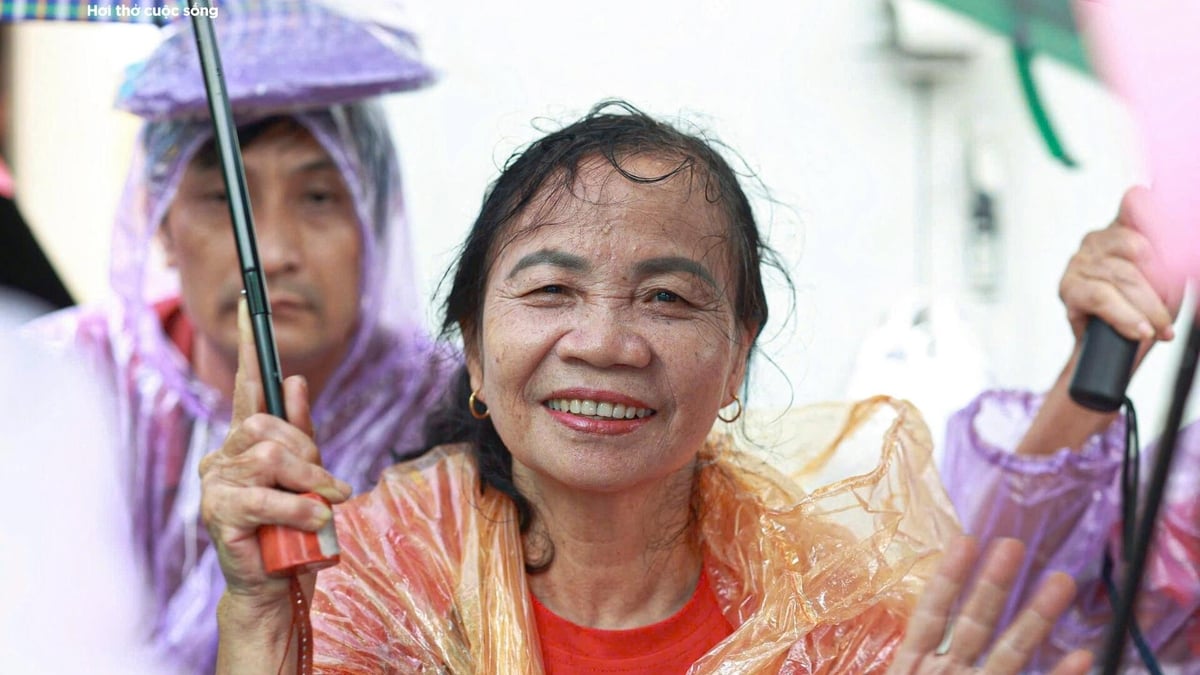





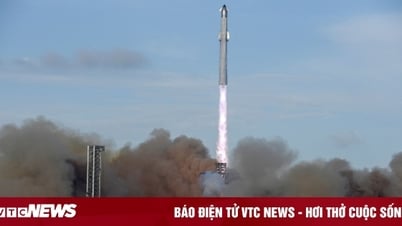







![[Photo] Panorama of the 29th Congress of the Party Committee of Nhan Dan Newspaper](https://vphoto.vietnam.vn/thumb/402x226/vietnam/resource/IMAGE/2025/8/27/aa31210f7e2b47de948b2b60dde20aff)

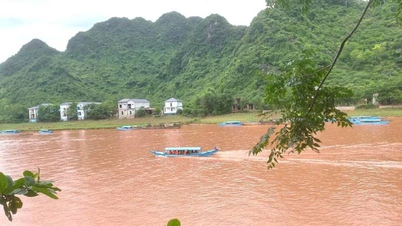
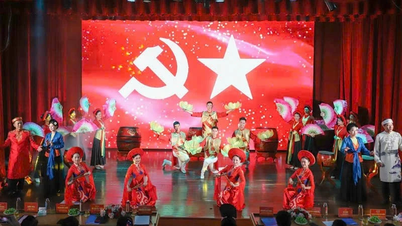
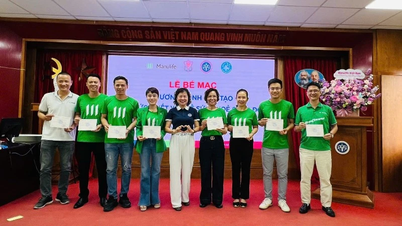
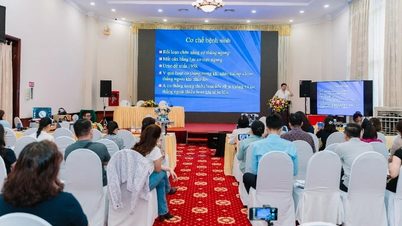
![[Photo] Panorama of the 29th Congress of the Party Committee of Nhan Dan Newspaper](https://vphoto.vietnam.vn/thumb/1200x675/vietnam/resource/IMAGE/2025/8/27/aa31210f7e2b47de948b2b60dde20aff)
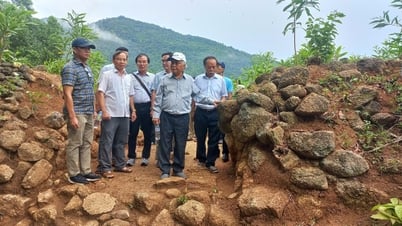



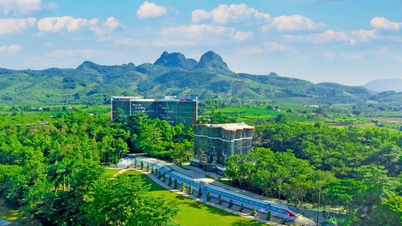
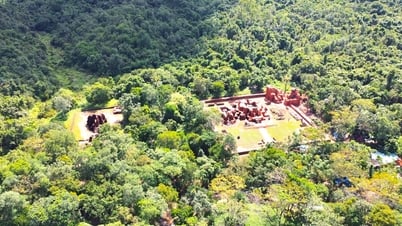

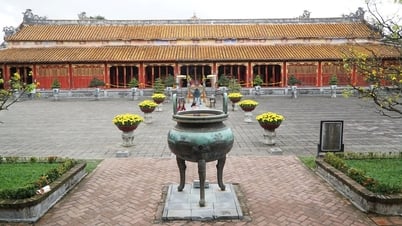
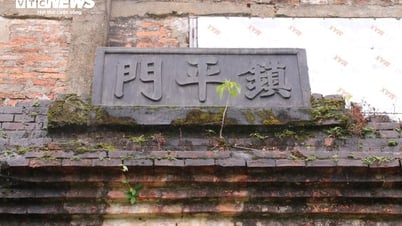
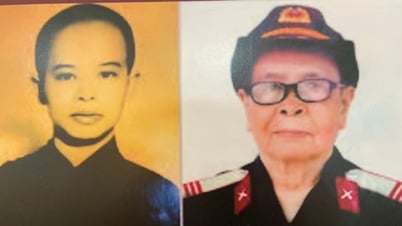

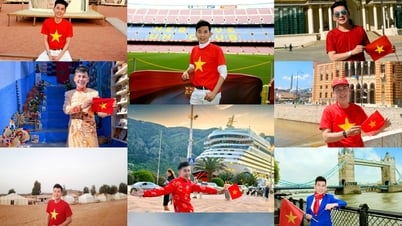


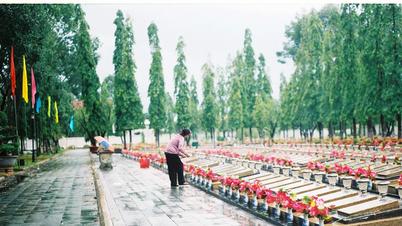







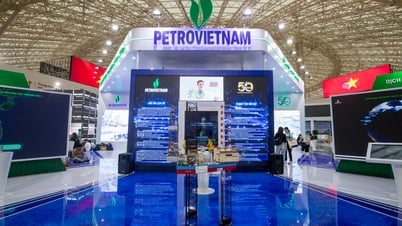
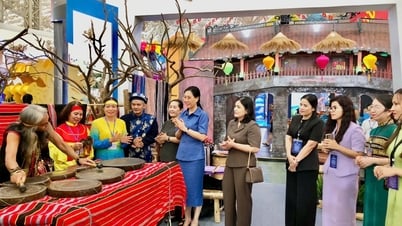

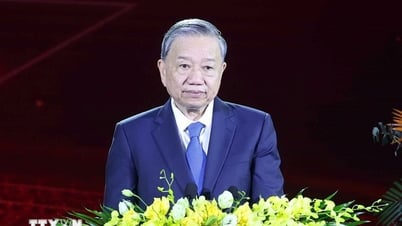


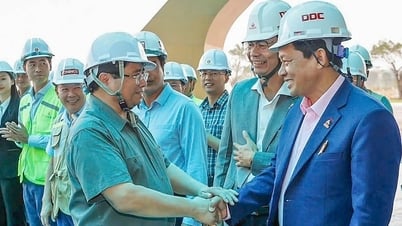
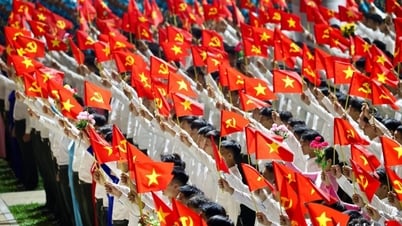




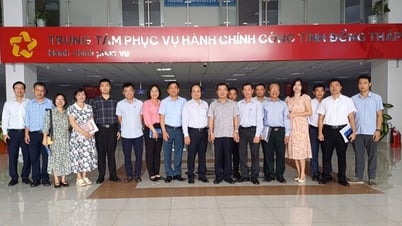

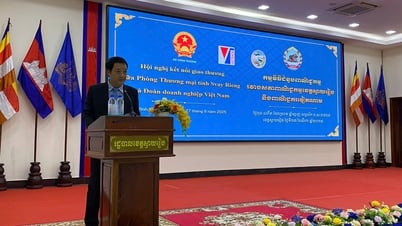

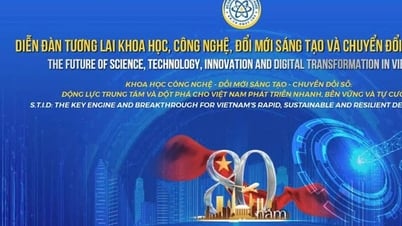


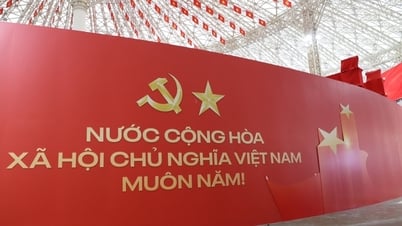
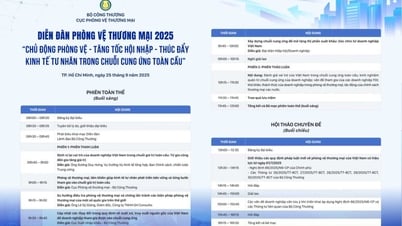
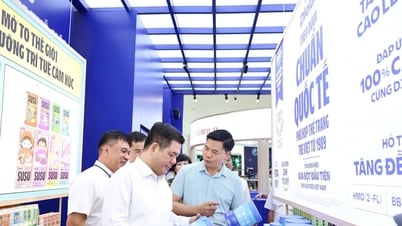







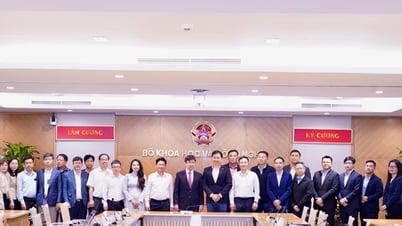


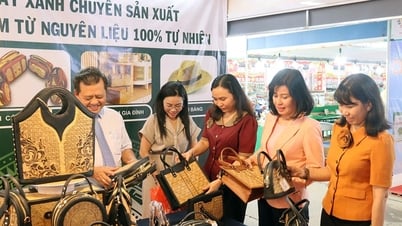
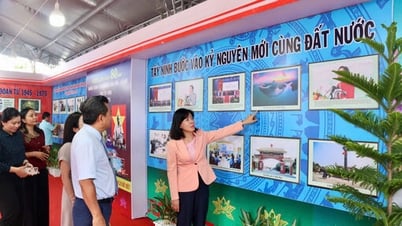









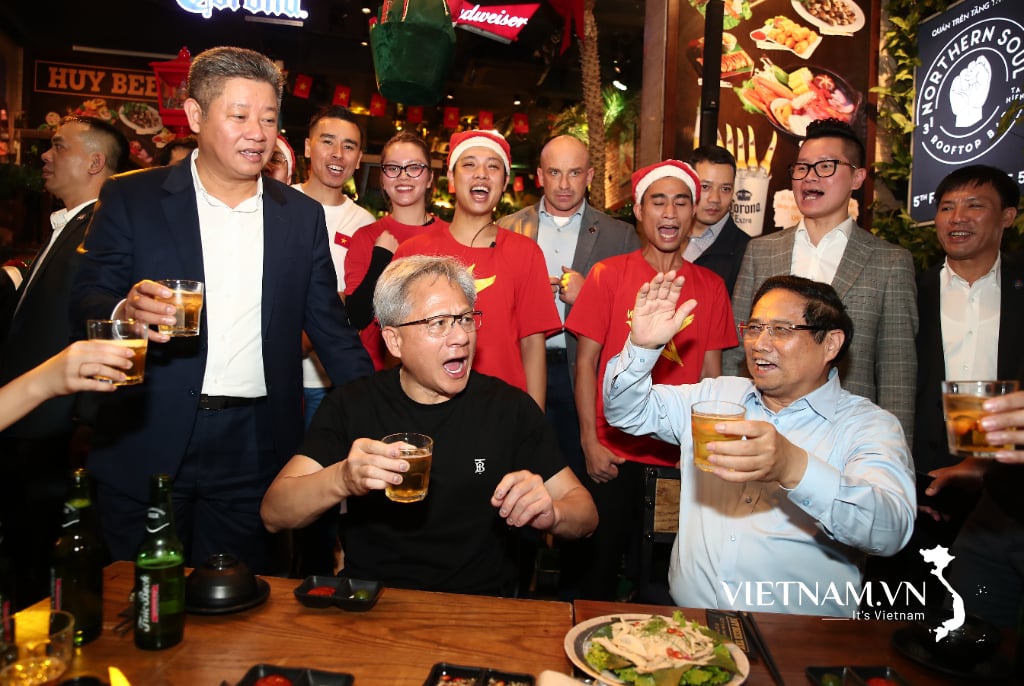
Comment (0)